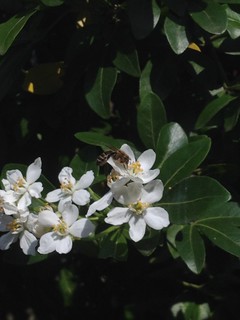This week has felt long – sick children and cold weather. Today the sun came out! The bees are out flying and some are bringing pollen back to their hives. The garden is stirring and the early spring flowers are beginning to open.
These are from our garden – it is so good to see results from the bulbs I have planted.
One of our neighbours has this spectacular display on their lawn – a real pollen feast for bees!



















